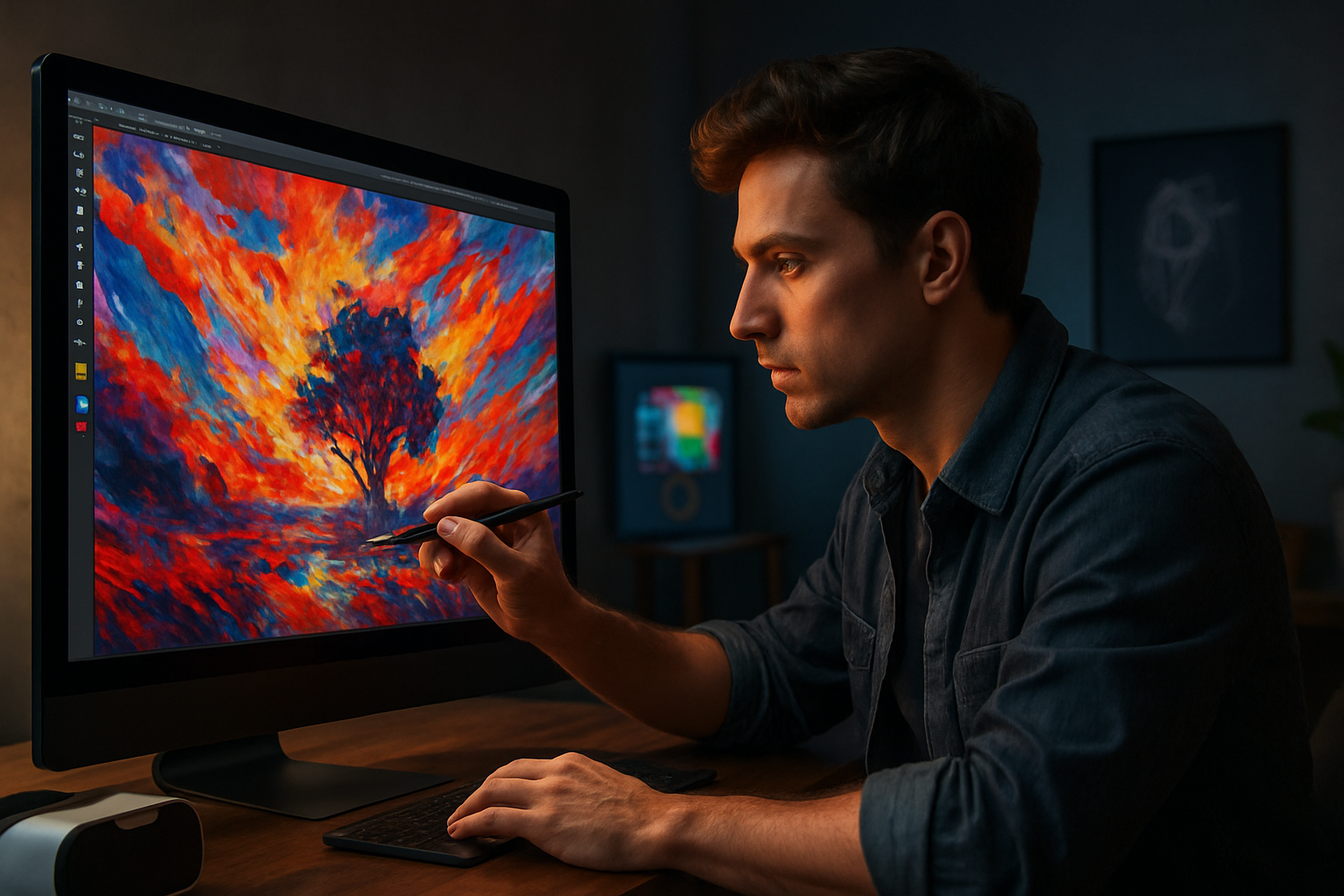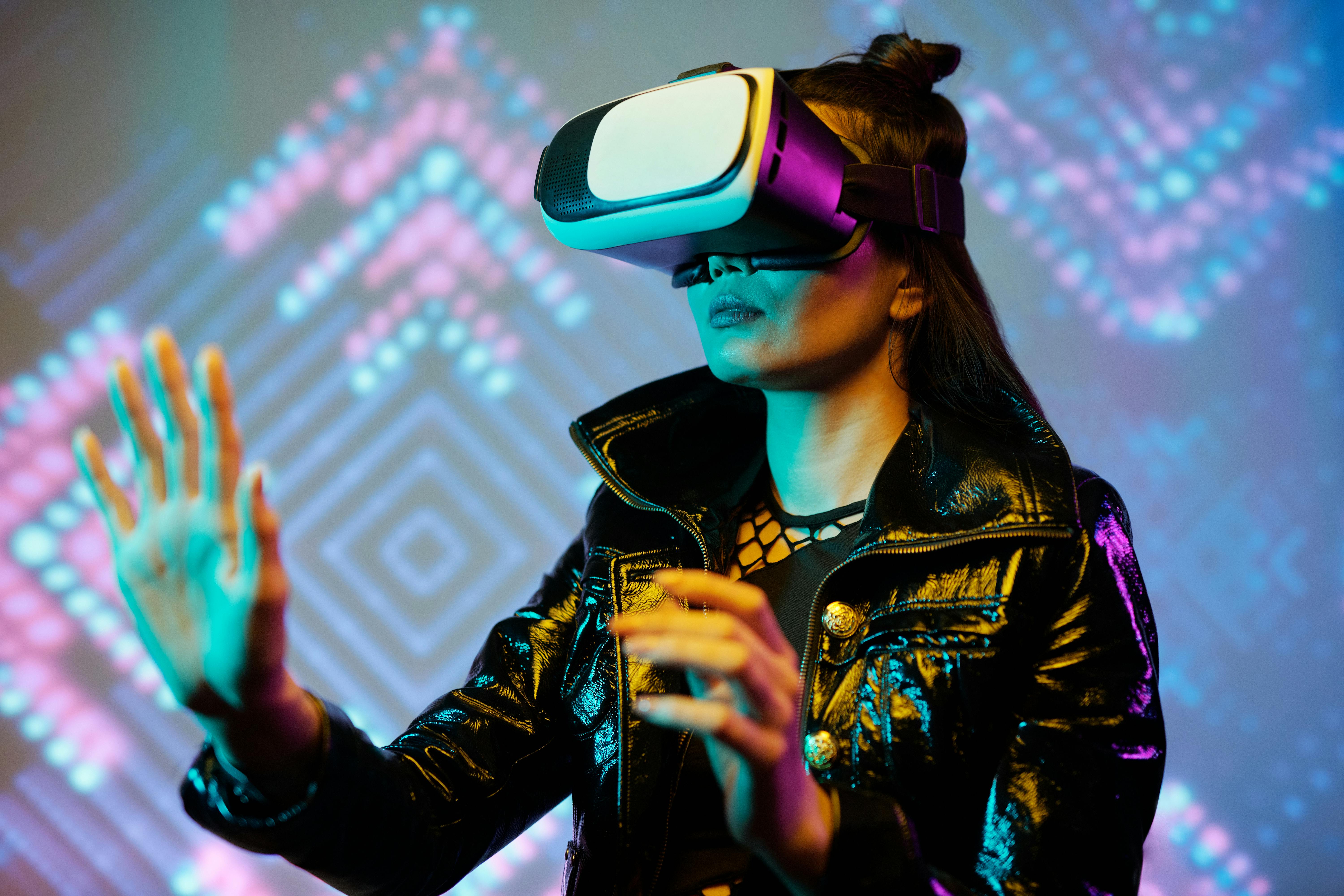Redefining the Canvas: The Rise of Digital Art in the 21st Century
In the ever-evolving world of art, the 21st century has seen a significant shift in the medium of expression. The traditional canvas has been replaced by digital screens, and paintbrushes have given way to styluses and software. This article delves into the rise of digital art, its current trends, and its impact on the art world.

The Genesis of Digital Art
The roots of digital art can be traced back to the 1960s when artists began experimenting with computer technology. However, it was not until the late 1980s and early 1990s, with the advent of personal computers and graphic software, that digital art truly began to take shape. Artists like Harold Cohen and Manfred Mohr were among the pioneers who explored the potential of this new medium, creating artworks that were entirely computer-generated.
The Digital Art Boom
The 21st century has seen an exponential growth in digital art. With the advent of advanced software and tools, artists have been able to push the boundaries of creativity, producing works that are not only visually stunning but also interactive. The rise of social media platforms has further propelled this growth, providing artists with a global platform to showcase their work and interact with audiences. Today, digital art encompasses a wide range of forms, from digital painting and 3D modeling to virtual reality art and algorithmic art.
The Impact of Digital Art
The rise of digital art has had a profound impact on the art world. It has democratized art, making it accessible to a wider audience. With digital tools, anyone with a computer and an internet connection can create and share art. It has also blurred the lines between different art forms, allowing for greater experimentation and cross-pollination of ideas. However, it has also raised questions about the value and authenticity of art, as digital artworks can be easily replicated and distributed.
The Future of Digital Art
The future of digital art looks promising. With advancements in technology, artists will have even more tools at their disposal, opening up new possibilities for creative expression. The recent surge in popularity of NFTs (Non-Fungible Tokens) has also highlighted the potential of digital art as a viable investment. However, as digital art continues to evolve, it will also need to address challenges such as copyright issues and the environmental impact of digital technologies.
Conclusion
The rise of digital art in the 21st century represents a significant shift in the art world. As we move further into the digital age, it will be interesting to see how this art form continues to evolve and shape our understanding of what art can be. Despite the challenges, the potential of digital art is undeniable, and its impact on the art world is only set to grow.





